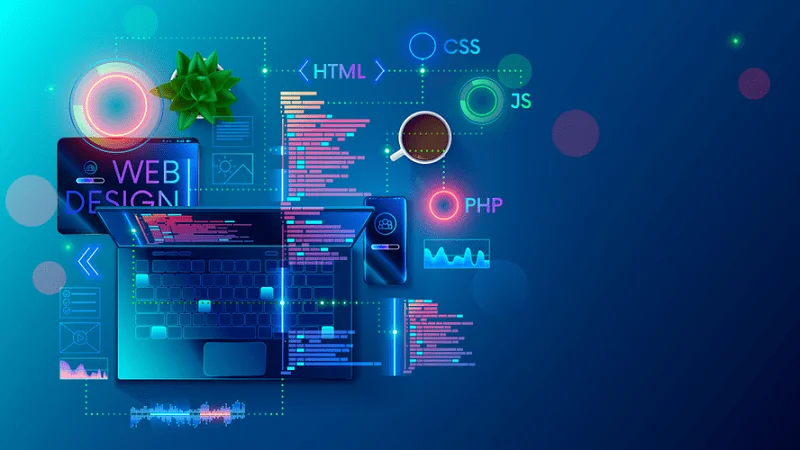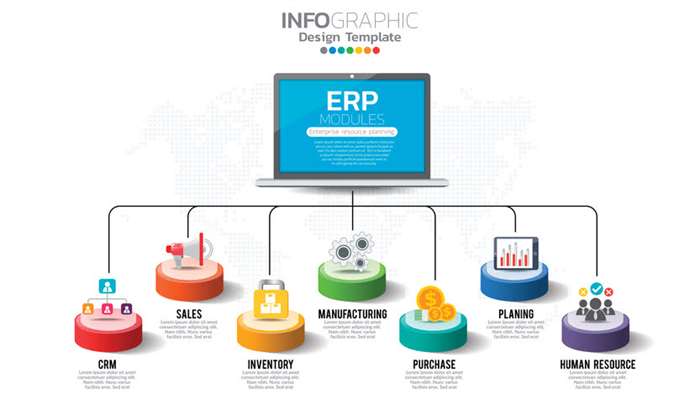There are two ways to integrate APIs into your mobile application. You can either build it yourself or you can buy from an existing API provider. OpenXcell network has experts across a wide variety of software development languages and technologies. See the list below to find the profile did you can choose from based on your product development requirement. Take control of your codebase with automated testing, developer tooling, and everything else you need to build production-quality apps.
- Accelerated Mobile Pages plugin launched by Google is becoming a mandatory factor that determines your mobile site’s ranking.
- It requires you to embed code written in a web development language like HTML, CSS, or JavaScript into a native app.
- OutSystems ensures applications generated from your visual model are enterprise grade.
- This ensures everyone is using the latest version of your app, allowing for extremely fast feedback loops or immediate fixes of critical app defects.
- The first step in the mobile app development process is to create a strategy by defining why?
- Figma, Invision, and Adobe XD are the most popular tools for creating high-fidelity mockups.
Native AppsCross-Platform AppsHybrid AppsProgressive web AppsNative applications are built using the tools and SDKs offered by platform owners like Apple and Google. Hybrid Apps are different from Cross-Platform Apps in the sense that they work using web containers using browser runtime.Progressive Web Apps don’t require native or cross-platform development. They skip the app store installations and also traditional app delivery channels.
High Performance And Great UX
If you are planning to develop a native iOS app, then Swift should be on your radar. Swift is a game-changing, open-source language in the iOS application development space that is designed to be safe, fast, powerful, and intuitive. It is highly regarded as a successor to both C and Objective-C languages. The Swift code is interactive, fun, and easier to maintain and read, with a lightweight, yet expressive syntax that allows complex ideas to be conveyed in a clear and concise manner.

User experiences include factors like design, accessibility, marketing, usability, system performance, ergonomics, HCI, and also utility. With an increasing number of companies focusing on user-centered design, creating an intuitive user experience for your mobile application is a no-brainer. Mobile app testing on all mobile devices, ongoing support costs and the headaches of mobile device management add to mobile app complexity. These are primary reasons why many companies build their enterprise mobile apps for a single mobile platform and often provide mobile devices to their employees.
Faster Development
At Kellton, we help our clients build mobile applications that connect them with their customers at a deeper level. Connect with our application development experts here to learn more about the best app development frameworks and how we can help you with your next project. Flutter is Google’s open-source framework for developing native Android and iOS apps using a single codebase. It is a revolutionary SDK for cross-platform app development that stands out as it uses a unique approach for delivering apps with a native-like look and feel.
Many independent application development teams choose to build their apps for Android first. The vast majority—around 70 percent—of smartphones run Android, and the Google Play Store has fewer restrictions than the Apple App Store. On the other hand, mobile applications developed for iOS have far fewer devices that need support, making optimization simpler. 13 years in mobile app development have allowed us to craft a process that ensures high productivity and efficiency. Intellectsoft always keeps track of emerging technologies to deliver forward-thinking solutions and offer first-class mobile application development services. The choice of programming languages for mobile development depends on the mobile app development platform (i.e., whether the app is being built for Android, iOS, or web app).
Keep up with the latest Flutter news, releases, and more:
You can get away by testing your web app just on the Chrome browser in a Windows environment or using a service like BrowserStack to test across multiple browsers and different resolutions. But your mobile app must be tested on multiple mobile devices or device simulators to ensure smooth working of your app for all users. You https://globalcloudteam.com/ can also leverage test farm services to test your app across multiple devices, OS versions, and simulating concurrent users. On average mobile apps cost $150,000 – $200,000 and can take anywhere from four to six months to develop. Your mobile app development strategy helps focus your vision on a clear picture of your app idea.

Development costs are a substantial factor to take into account when starting the development and choosing the tech stack. So if your budget is limited, https://globalcloudteam.com/types-of-software-development/ you might better opt for cross-platform app development. In this case, you will need a smaller team, which significantly cuts your expenditures.
What you’ll learn
For example, iOS provides the Keychain feature that can be used for storing a user’s account details for a specific app. If you are building an app for both iOS and Android mobile platforms, then your functional testing should include a feature comparison between both versions of your mobile app. This includes database and server-side objects needed to support mobile app functionality. If you are using an existing back-end platform, you might require modifications for your new mobile product. As one app’s objectives may differ from another, there is still an app-specific impact to the mobility strategy to address during the development process. A well-defined strategy should help you address “why” for your mobile development initiatives.



